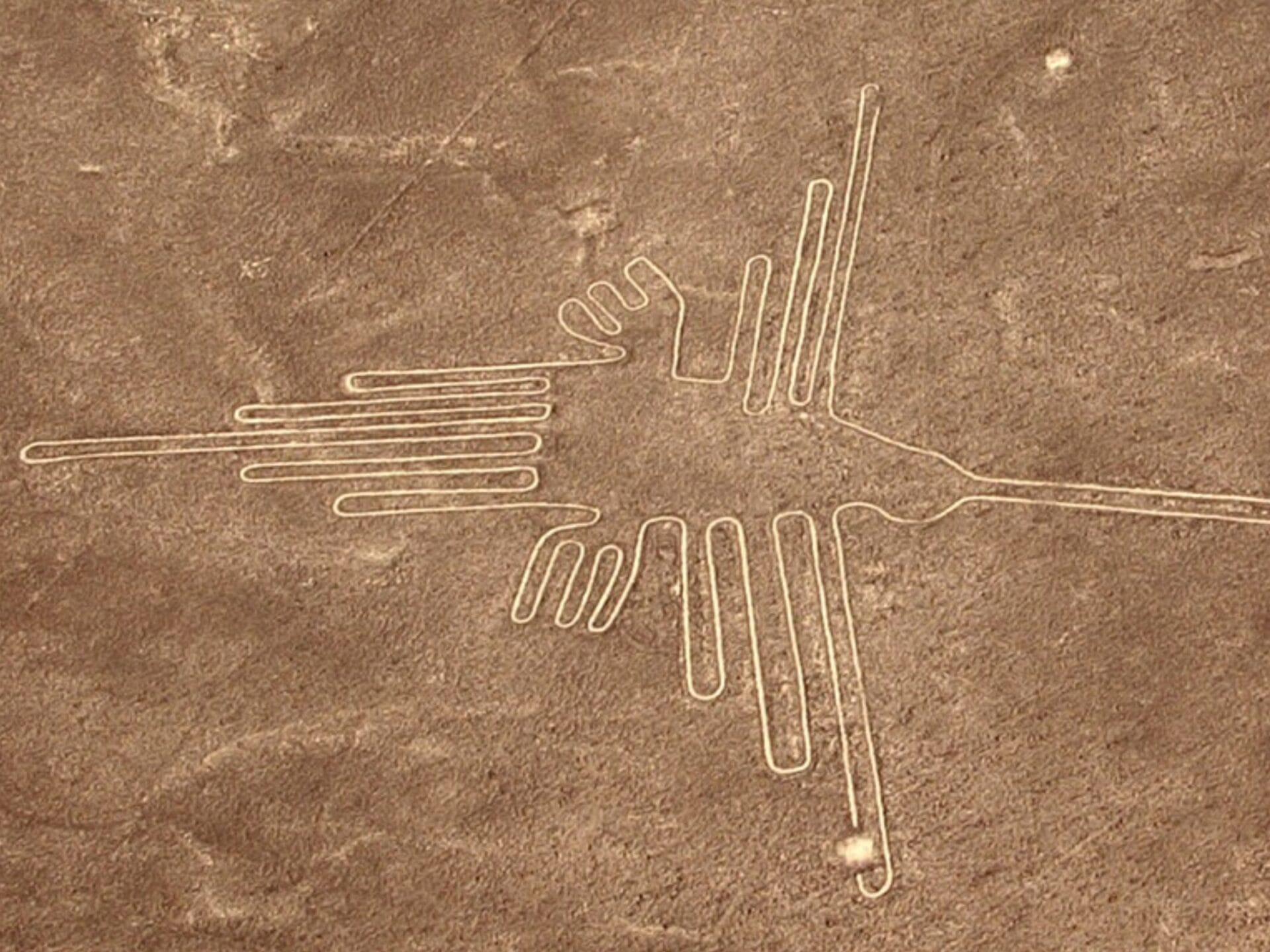Nazca glyphs are large ground drawings representing people, animals, or geometric forms, likely created by the Nazca civilization for religious and ceremonial reasons. These glyphs are located in the Nazca Desert in southern Peru, which runs along the Pacific coast.
New Discoveries
Until recently, only 430 glyphs had been documented. Researchers invested years in fieldwork and the analysis of aerial images to uncover these designs. A study published on September 23, 2024, in PNAS by Masato Saki, Akihisa Sakurai, Siyuan Lu, and Marcus Freitag reveals that the known number of Nazca lines nearly doubled in just six months, thanks to the application of artificial intelligence.
Methodology
The research employed a neural network that was trained using natural imagery, specifically designed to identify the relief-like Nazca glyphs. Due to the limited training examples available, the existing geoglyphs were divided into smaller sections to enlarge the training dataset. A grid-based classification model was then used to create a comprehensive probability map with a resolution of 5 meters, making it possible to spot even the most difficult-to-find geoglyphs. The study concludes that:
The AI-enhanced approach is far more scalable, as demonstrated by the identification of 303 new figurative relief-type geoglyphs, almost doubling the known count of these designs.
Future Implications
The remarkable success of utilizing AI for identifying Nazca lines hints at the potential capabilities of artificial intelligence in archaeological studies and other scientific disciplines in the future.
Image source: monikawl999 / Pixabay



Leave a Reply